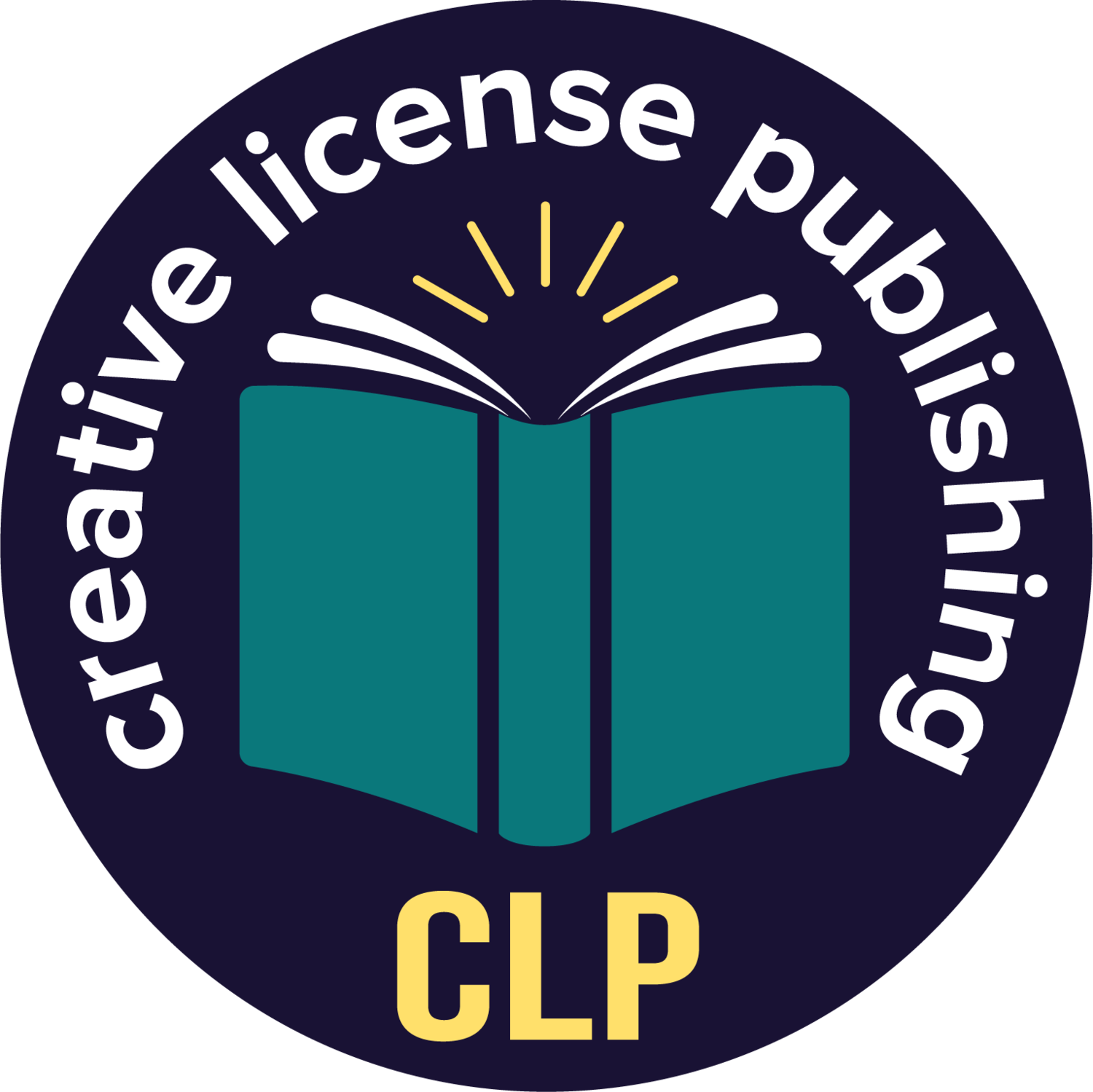Get Off the Merry-Go-Round of Self-Edits
Celeste Chin
You’ve finished your manuscript, you breathe in that sigh of relief and you utter, “Well, all I have to do now is to go back and edit it before I let anyone else read it.” Weeks and sometimes months or years later, your family and friends are asking, “Is your book done yet?” Your anxiety grows as every read evokes yet another change for the better, or so you think. Until another read has you changing a previous change. This is when writers become victims of analysis paralysis–the perverse belief that the more you review something the better and closer to perfect it will be–but it’s just not the truth. Falling victim to this belief is a debilitating juggernaut to a writer’s goal of being published.
I have a friend and fellow writing group member who has written a wonderful book. And being his target audience, he had requested that I critique his manuscript. Understand, this writer is incredible at finding gaps and inconsistencies in other people’s stories, and it is why we have him working for us as a reader–he truly is the best at it. Yet, even he won’t catch every potential error, gap or inconsistency in his own work and he fully acknowledges it. That said, he has yet to give me his manuscript because he’s still making changes–he’s been working on this book for years now. He’s on the hamster wheel of edits and can’t get off.
Do not misinterpret this as you shouldn’t edit your own work before handing it over to an independent reader or editor. A good writer always edits his or her work to make it the best they can but, a smart writer also knows when it’s time for someone else’s eyes to be on it. The reality is that as writers we are our own worst, and at times, our most ineffective critics. We are so mired in the trenches of our words, we fail to see the gaps and inconsistencies that an independent reader will. Writing in a vacuum and thinking you will create the most perfect version of your story is on par with raising a child in seclusion with the same ideology. The truth is, it does take a village to raise a child, and it does take many eyes on your manuscript to produce a high-quality read.
Many of us writers remain in this constant state of rework because it shelters us from criticism. And as we discussed in our previous blog on criticism, we need to let go and except the critiques as a means of forward progression to our publishing goals. How does one break the cycle of constant revisions and turn a manuscript over for someone else to review it and comment on it? Change your mindset. Stop looking at the mistake or mistakes someone may uncover as a failure, but as a gift. This gift will come in the form of helping you elevate, polish and perfect your work. Then, like the Nike ad suggests, just do it or the Frozen song belts out in its chorus, “Let it Go!” Push the save button on your work, close the screen, stop the madness and find that independent critic to read your work. This small step will steer you onto the road toward being published–if all you do is keep making changes you will be forever stuck in one spot.
Now here’s the rub: like you wouldn’t just hand your child to any human, don’t just hand your work to anyone to read. Unfortunately, this is the biggest mistake I see writers make and they often end up disappointed, claiming the critique wasn’t helpful. Having just anyone read your work won’t elevate your work to its highest potential. A science fiction lover will never be able to give your romance novel the same level of feedback that a romance reader will–it just won’t happen. At Creative License Publishing we pride ourselves on the fact that we always marry our writers with a critic who is also their target reader. If you want to know how your readers will react to your book, then shouldn’t they be the ones to review it?
